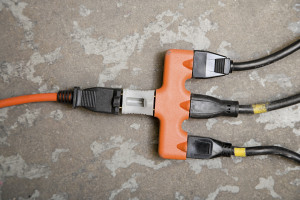 Disagreements over money–it’s the main reason multiple-owner practices split up. In large optometry practices each owner has multiple responsibilities and brings in different amounts in the clinic, so deciding on a fair compensation model is daunting.
Disagreements over money–it’s the main reason multiple-owner practices split up. In large optometry practices each owner has multiple responsibilities and brings in different amounts in the clinic, so deciding on a fair compensation model is daunting.
Many consultants give formulas that look good on paper, but they fail to factor in the emotional component. Discussing the touchy subject of fair compensation is like navigating through a minefield.
For example, what happens if everyone in the office is compensated based on production only? When one of the owners takes a three-week vacation, the burden to produce falls on the owners that are left working.
To solve the compensation dilemma in one blog post is impossible. However, here is a suggestion for fairly compensating multiple owners with additional associate ODs.
Divide the net dollars (Net dollars = all monies remaining after overhead expenses, staffing, etc. – referred to as “practice net income” in Budget Categories)
- Clinic Production – Start by agreeing that all owners will be compensated as a percentage of production. If your practice net is 30 percent then you may consider compensating each owner at 20 percent for the Clinic Production. Each owner would have a set “draw” from this pool of money as their salary. Any money left over in the clinic production pod is put in a money market and tagged for the respective doctor. If you wish, dividends could be paid from this or a bonus at the end of the year that zeros out this pod.
- Owner responsibilities – List all owner responsibilities from IT to accounting oversight. This may include the responsibility of sales rep relations or HR vice president. This list should be created outside and before the meeting to discuss how the dollars will be divided.
- Associate – If you pay your associates 20 percent of their production and the practice nets 30 percent, then 10 percent will be left over in associate profits. This sum total should then be divided based on ownership. If there are three equal owners, the total dollars should be split evenly three ways. If owners have different percentages of the practice, this portion would be divided respectively. The risk involved with having associate ODs is reflective of ownership percentages and should be paid accordingly.
The key to making this work is that every owner must agree to the model. If the usual means of communication don’t seem sufficient, consider hiring an optometric business mediator. It is very important for a healthy successful optometry practice to have owners working as a team without hidden animosity. Fair compensation–or the perceived lack of it–will make or break a practice. When practices break up from disagreements over money no one wins, especially the patients.





